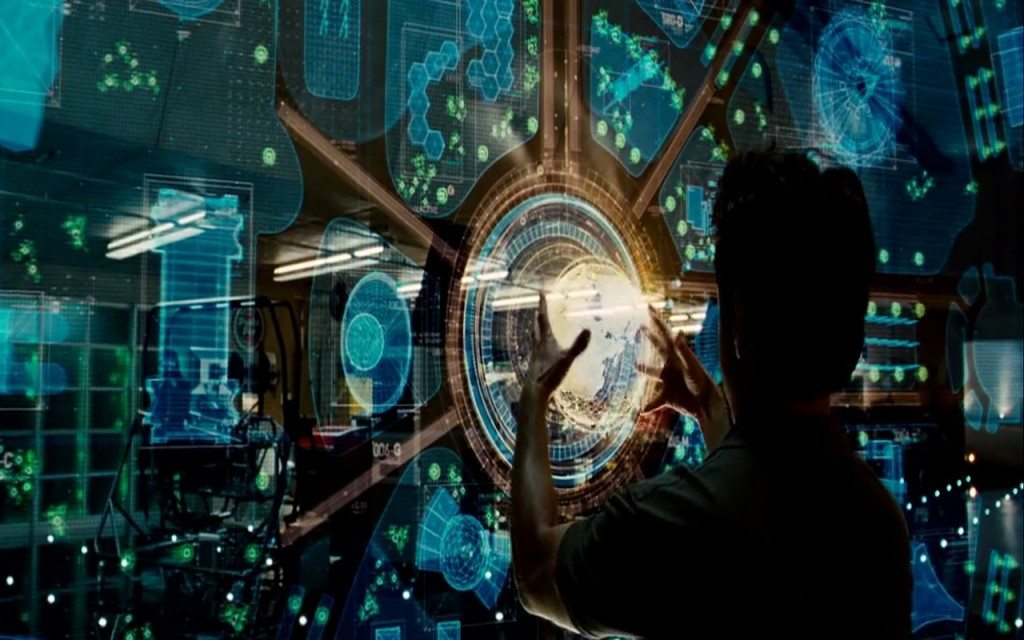With a burning desire to combine his passions for digital fabrication, biology and computer science, Charles Fracchia came to MIT and Harvard eager to learn. Going to “bio to bits” (gleaning meaningful information from biological data) is something that Charles had never had an opportunity to do at such a high level, and he had high expectations. “I though: Oh, surely, I’m coming to these awesome labs here in Boston… I’m sure I’ll come in and have an awesome dashboard to work with, like the movie Iron Man. I’ll have my cell growth rate here, heart rate here… you know… something fantastic.”
As it turns out, the technology some of the best labs are using to extract data from biology has – at least in some respects – stayed the safe for half a century. Charles was shocked “Then I’d get this blank look like… well… here’s your notebook and your timer.”
Given the massive computing capacity that most of us carry around in our pockets, Charles was expecting to see some kind of parallel improvement in the devices we use to learn from our own bodies. In healthcare, – he comments – we don’t have anything like the kind of sophistication that we see in video games or cell phones. One of the barriers is the inaccessibility of the data, and the fact that many devices are not constructed to easily tap into them or merge their information with other data streams. Other, manual means have to be executed to extract all the possible data from many of the present devices, and more manual data occurs in correlating or merging it with other data to make sense of the bigger picture.
Hence the clipboards.
Charles then caught up with me about the mission of his startup, BioBright, which is aiming to unify a kind of platform to make sense of and collect biological data. “The idea is to use cutting edge web technologies to turn this data its an easy to use dashboard, in a way that we can just walk into a room, and – if authorized to do so – all of a sudden, at a glance get the metadata from all of the devices around me at one time.” This reminded me immediately of an interview with Dr. Daniel Polani, who speaks to how man once left the actual jungle, only to create a “jungle” of living things, always in communication with each other. For Charles, this is the ideal in terms of accessibility.
At the same time, Charles is of the belief that this kind of accessibility means a relatively large opportunity for startup companies. “I think we are living in a world that is soon to disappear. I think we are going to move to a new business model… where the data collection is no longer proprietary… the value added is given to you through the analysis.”
Charles uses the example of correlating important streams of health data in order to predict your likelihood of stroke in the next 6 months. He mentions that data collection itself as being of lesser importance than the process of making sense of that data meaningfully – the latter being more challenging.
“Right now, no business and any incentive – in the current business model – to open up data collection. Some companies are opening up their APIs a little bit… not terribly much… but we really think that the future is where companies will leverage those data streams and build new insights off of that.” Because this kind of “openness” is potentially counter-productive for companies who want to sell many of their proprietary devices without cracking open all of their data, Charles believes that this is a perfect fit for new, nimble companies to step in.
“I really believe that the future for startups in this space is about either having a nice device on one side, or in visualizing meaningful data on the other side – not in the middle with data collection alone” says Charles. In his eyes, the trend of opening up the information is enabling to the field, where things are likely to go anyway, and an open opportunity for new companies to step up.



















